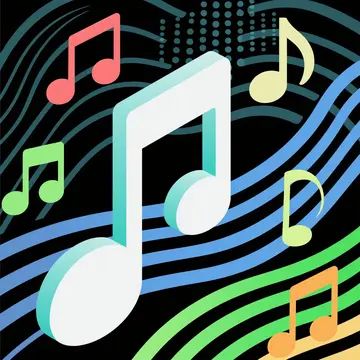Introduction: The Race Against Time to Save Musical History
From century-old wax cylinders to magnetic tapes at risk of disintegration, historic music recordings face existential threats. The National Recording Preservation Foundation estimates that over 50% of pre-1965 audio artifacts could vanish within 20 years due to physical decay or obsolete formats. Artificial intelligence is emerging as a critical ally in this battle, offering scalable solutions to restore, enhance, and immortalize our auditory legacy.
This article explores the AI technologies breathing new life into deteriorating recordings, shares groundbreaking success stories, and answers key questions about ethical and technical challenges.

The Fragile State of Historic Recordings
Historic audio faces three primary threats:
Physical Decay: Wax cylinders warp, vinyl degrades, and magnetic tapes shed oxide.
Format Obsolescence: Playback devices for wire recordings or Dictabelts are nearly extinct.
Noise and Damage: Scratches, mold, and background hiss obscure original content.
Traditional restoration methods are labor-intensive and often impractical for large archives. Enter AI.
How AI Tools Are Revolutionizing Audio Preservation
AI addresses these challenges through three core capabilities:
1. Noise Removal and Spectral Repair
Tools like iZotope RX 11 use machine learning to isolate and remove noise (e.g., crackles, hums) while preserving the original audio. Its Spectral Repair feature visually maps damaged frequencies and reconstructs them using AI predictions.
2. Audio Source Separation
Open-source tools like Spleeter (integrated with Audacity) split mono recordings into isolated stems (vocals, instruments), enabling targeted restoration of individual elements.
3. Frequency Reconstruction
Google’s Magenta DDSP (Differentiable Digital Signal Processing) analyzes surviving audio fragments to recreate missing instrument tones or vocals, maintaining the original’s timbre and emotion.
4. Automated Metadata Tagging
Platforms like Preservica apply AI to catalog recordings by genre, language, or cultural context, streamlining archive management.
Top AI Tools in Action: Case Studies
Case Study 1: Resurrecting Early Jazz Recordings (New Orleans Archive)
Challenge: 500+ acetate discs from the 1940s, degraded by humidity and mold.
Solution: iZotope RX 11 removed surface noise, while Magenta DDSP reconstructed lost trumpet solos.
Outcome: 450 tracks restored and added to the National Jazz Museum’s digital library.
Case Study 2: Preserving Indigenous Australian Songlines
Challenge: Field recordings from the 1960s with overwhelming wind interference.
Solution: Sonible smart:EQ 3 balanced frequencies, and Spleeter isolated vocal chants.
Outcome: Digitized songs are now used in cultural education programs for Indigenous communities.
Comparison: Leading AI Tools for Historic Audio
| Tool | Best For | Cost Range |
|---|---|---|
| iZotope RX 11 | Professional-grade restoration | $1,199 |
| Audacity + Spleeter | Budget-friendly source separation | Free |
| Preservica | Large-scale archiving | $1,500+/year |
| Magenta DDSP | Reconstructing lost tones | Free (open-source) |
Ethical Considerations and FAQs
Q1: Does AI restoration compromise authenticity?
While AI alters recordings to enhance clarity, organizations like the Audio Engineering Society recommend transparent labeling (e.g., “AI-restored version”) to distinguish from originals.
Q2: Can AI handle recordings in extinct languages?
Yes. Tools like Revive-AI cross-reference linguistic databases to identify and catalog unknown dialects, aiding anthropologists.
Q3: What’s the cost for small archives or independents?
Start with free tools like Audacity or Weigl’s CONCERT (AI-driven restoration plugin). Premium tools often offer nonprofit discounts.
Conclusion: Bridging Past and Future Through AI
AI isn’t just fixing cracks in old records—it’s rebuilding bridges to our cultural roots. By deploying these tools, archivists and historians can ensure that future generations hear the haunting blues of Robert Johnson, the folk ballads of the Appalachian Mountains, or the ceremonial drums of the Maasai.
Next Step: Explore Preservica’s free trial or the Library of Congress’s open-source AI guidelines to start preserving your local audio heritage.






